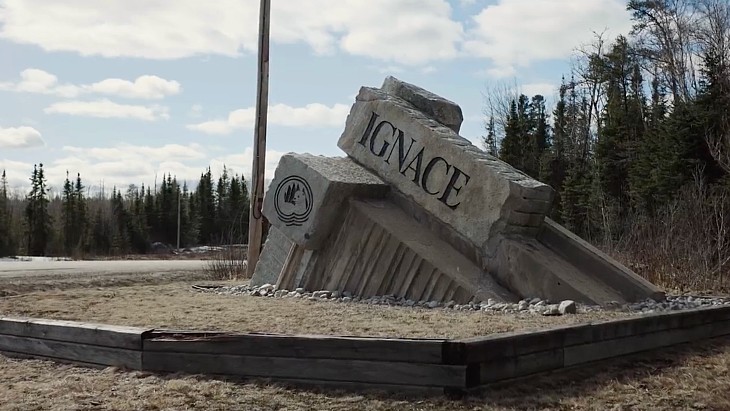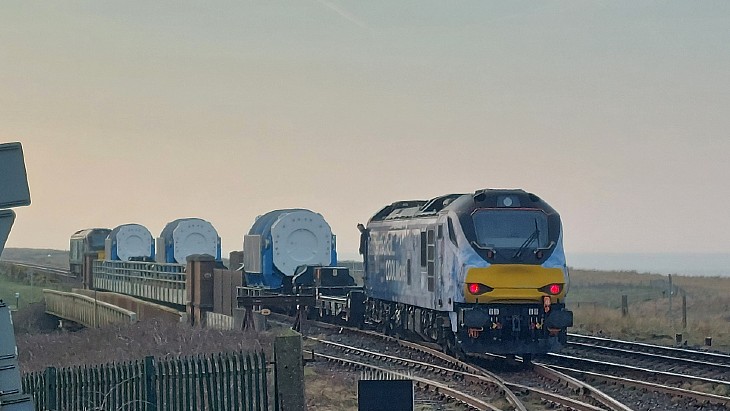Slovenian used fuel storage facility commissioned
.jpg)
The dry storage building is 50 metres by 70 metres by 20 metres, with a reinforced concrete base of 1.75 metres and, plant operator Nuklearna Elektrarna Krško (NEK) explained, "including the perimeter walls, provides protection against flooding and enables the anchoring of storage containers", with equipment installed to allow monitoring by the International Atomic Energy Agency.
Each HI-STORM FW cask will hold 37 used fuel elements, with a thick concrete shell providing full physical and radiological protection against extreme weather, earthquakes or an aircraft crashing, NEK said, adding that the containers have been designed to "enable the transport of the fuel elements in the future as part of a permanent solution".
In the first fuel loading campaign, 16 HI-STORM FW casks holding a total 592 used fuel elements will be placed in the dry storage facility by late 2023.
Holtec was awarded a contract by NEK in February 2017 that included the design and construction of a dry storage building, replacement of the fuel handling building crane trolley, and supply of equipment and services.
.jpg)
The interior of the dry storage facility (Image: NEK)
Holtec noted that to ensure a large margin of structural safety, a seismically restrained version of the HI-STORM FW system was used for the Krško project. The seismic restraint system uses a robust steel structure embedded within the thick concrete foundation of the storage building. The HI-STORM FW casks are qualified to a severe earthquake level that produces foundation pad accelerations 2.1 times higher than the earth's gravity.
"The custom-engineered domed lid of the HI-STORM FW, unique to this project, is a Holtec innovation developed to engineer an impact-capable design," it said.
"Undoubtedly this project has been a pace-setter in terms of design and safety requirements, expanding the envelope of the types and severity of events normally considered for design of such a facility," said Holtec Senior Vice President of International Projects Rick Springman. "Our success is a testament to the teamwork and ingenuity of the trans-national project team that executed the project.
"Commissioning of this facility was indispensable to support Krško's continued generation of 24/7 clean nuclear power, which is critical to Slovenia's clean energy aspirations".
The 696 MWe Krško plant is a Westinghouse pressurised water reactor and was the first western nuclear power plant in eastern Europe. Construction started in 1975 and it was connected to the grid in 1981, entering commercial operation in 1983.
In January, Slovenia's Ministry of the Environment approved Krško's operations for a further 20 years, until 2043, following the completion of an environmental impact assessment, a process which included input from neighbouring countries Croatia, Austria, Italy and Hungary, plus Germany.
"With the introduction of dry storage, we will fulfill all the conditions and implement the decisions of the administrative bodies to extend the operation of the nuclear power plant and provide customers with electricity at a reasonable price for another two decades," NEK said.
_17992.jpg)
_75800.jpg)








_50521.jpg)

